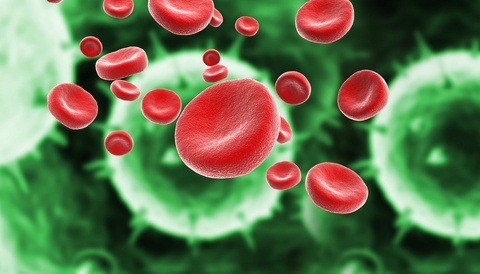
A new study has found that sorting stem cells before a stem cell transplant can reduce graft vs host disease risk.
For patients who undergo a stem cell transplant as a part of their leukaemia treatment, graft vs host disease (GVHD) can often be a major problem. GVHD affects up 70% of patients in the months after a stem cell transplant. When GVHD occurs, the donor cells begin to attack the patient’s own healthy cells.
For 50% of patients, GVHD can become a serious long-term medical condition that causes nausea, vomiting and liver problems. In the worst cases it can necessitate hospitalisation and some people can die from the disease.
The new research indicates that using a magnet to filter fresh stem cells may dramatically reduce the risk of GVHD. The clinical trial involved in the study was held at the Fred Hutchinson Cancer Research Center and included 35 patients with leukaemia. Only 9% of the patients had GVHD, a much lower percentage than normal.
Dr. Marie Bleakley, the paper’s chief author, suggests that by reducing the risk of GVHD, patients can get back to their normal lives much quicker.
It is suspected that naïve T cells are responsible for causing severe GVHD after a transplant. Normally these types of cells are a useful component of the immune system. The way researchers filtered the cells out was ingenious. The naïve T cells have a protein called CD45RA on their surface. The research team used antibodies specific to CD45RA to attach iron-dextran beads. The stem cells then pass through a magnet and the naïve T cells are separated.
This new technique, performed before a stem cell transplant can reduce graft vs host disease risk greatly.
From: Sorting stem cells before transplant helps lower the risk of graft-vs.-host disease, new study finds
{{cta(‘3fe0aac7-7562-46dc-b8b9-c706d9cfd6b1’)}}
{{cta(‘fec594e9-5433-4350-9180-2bdd371eb399’)}}


